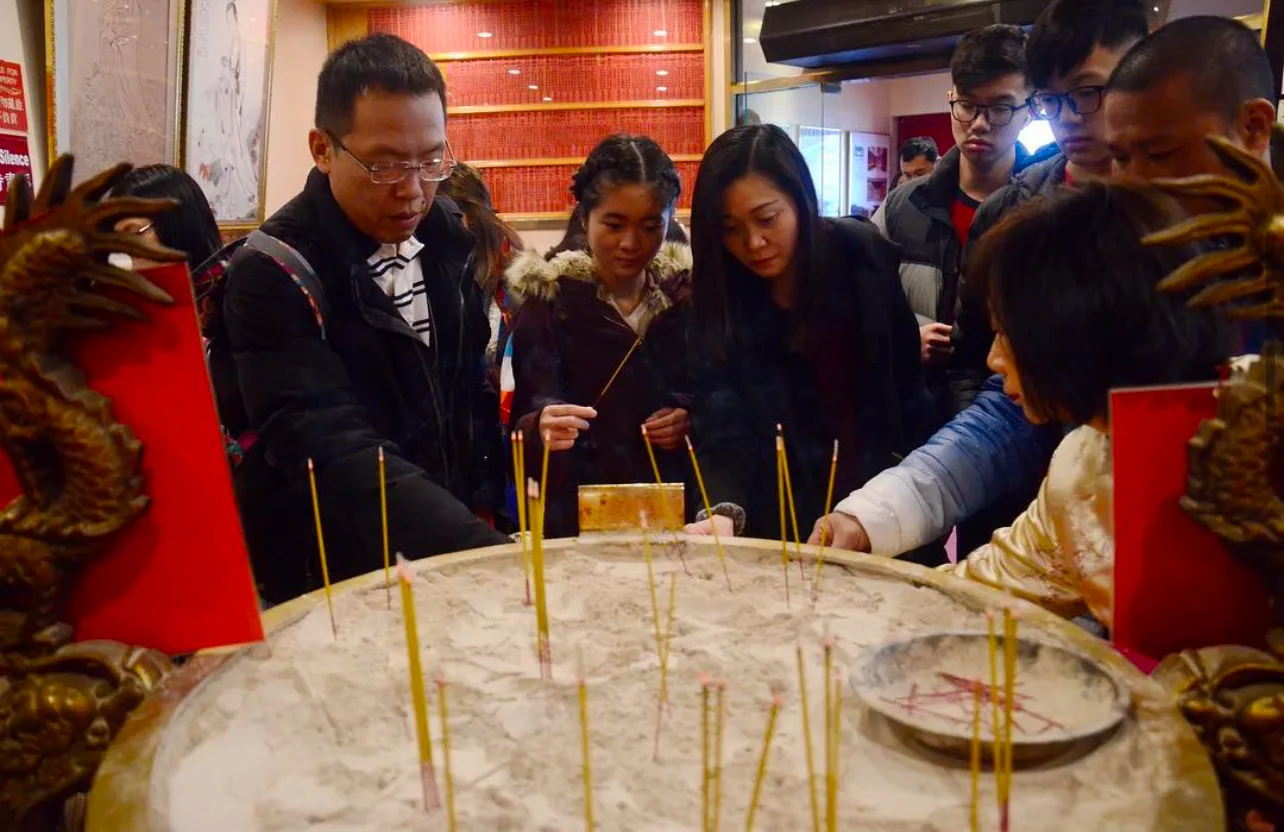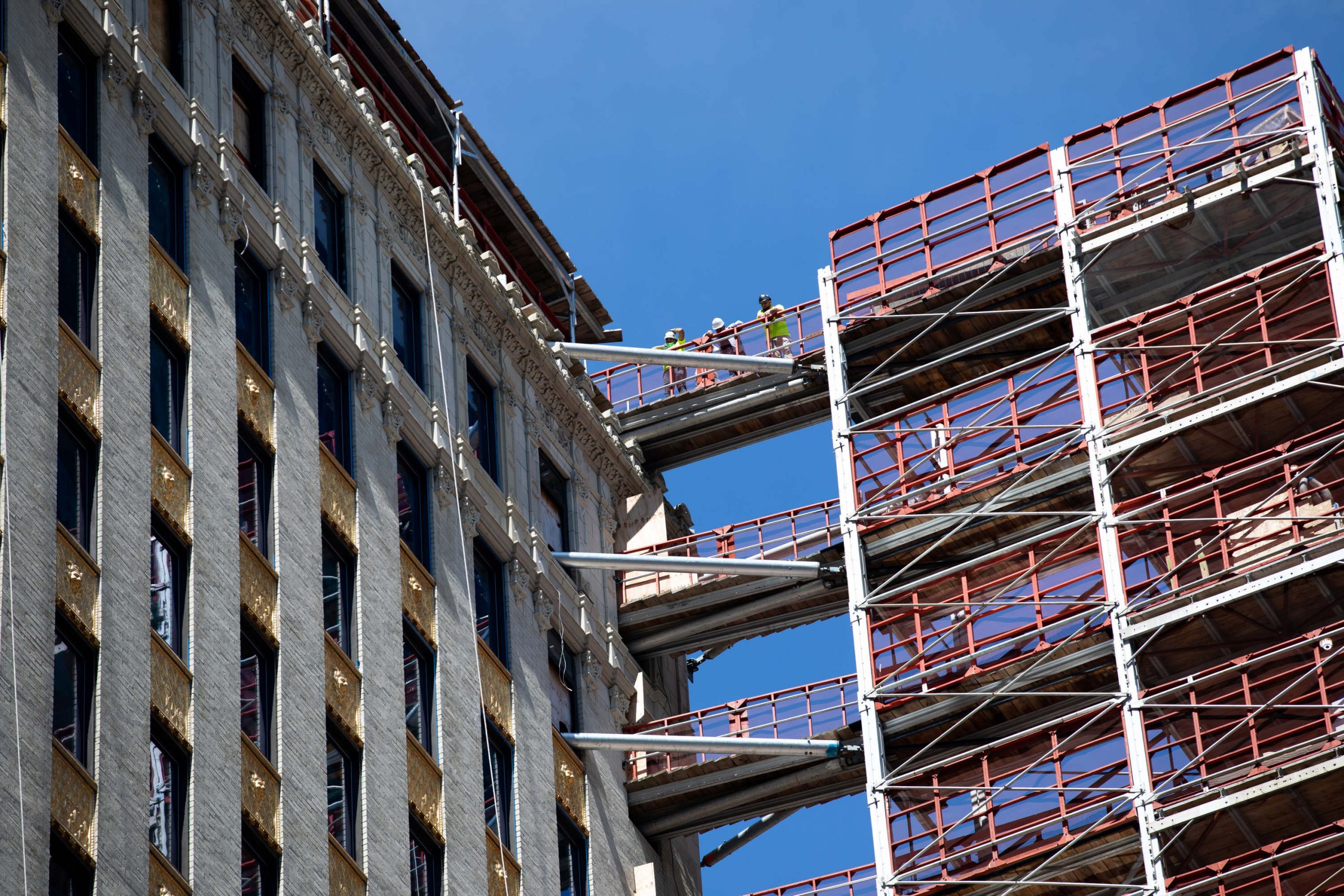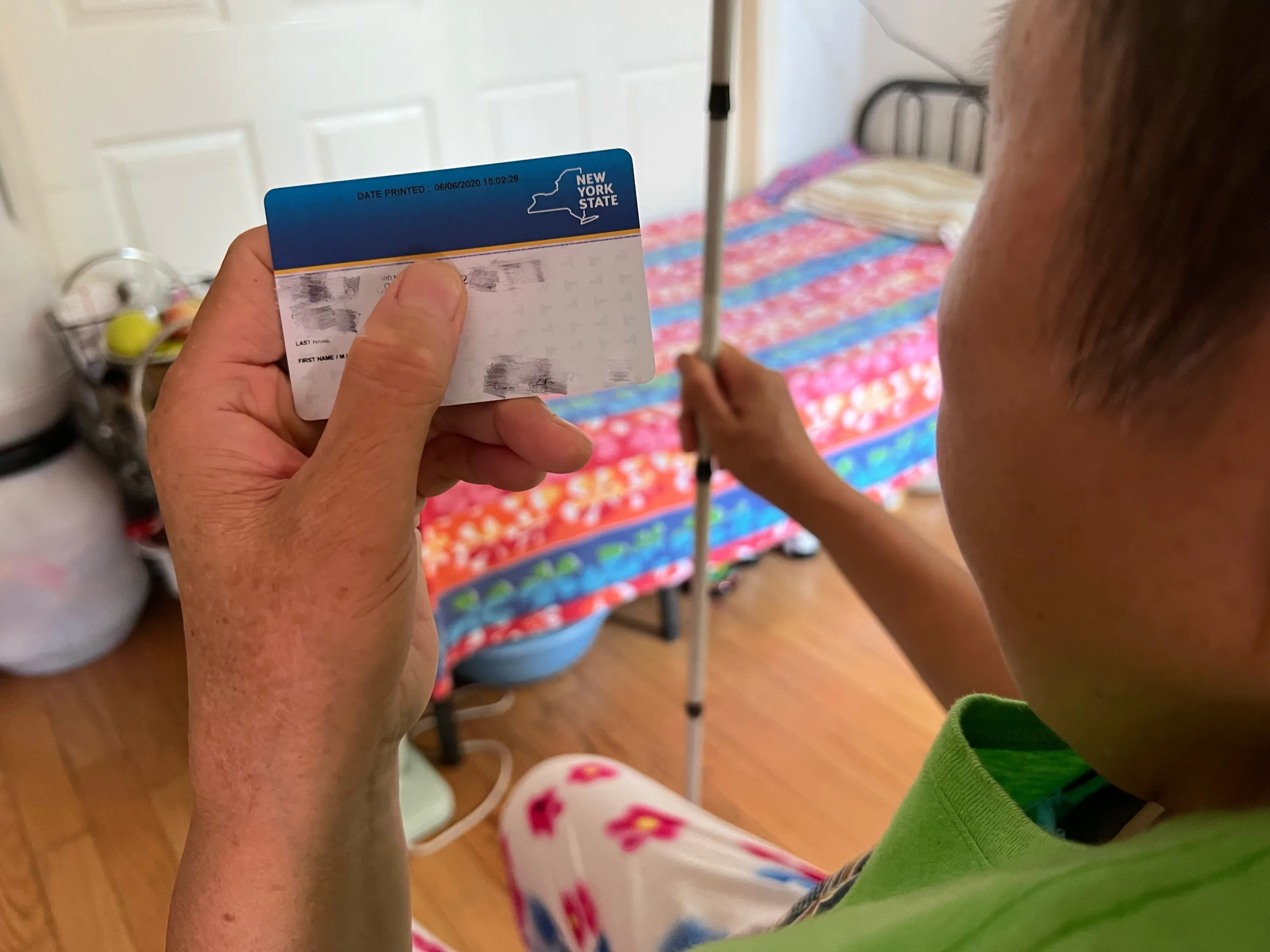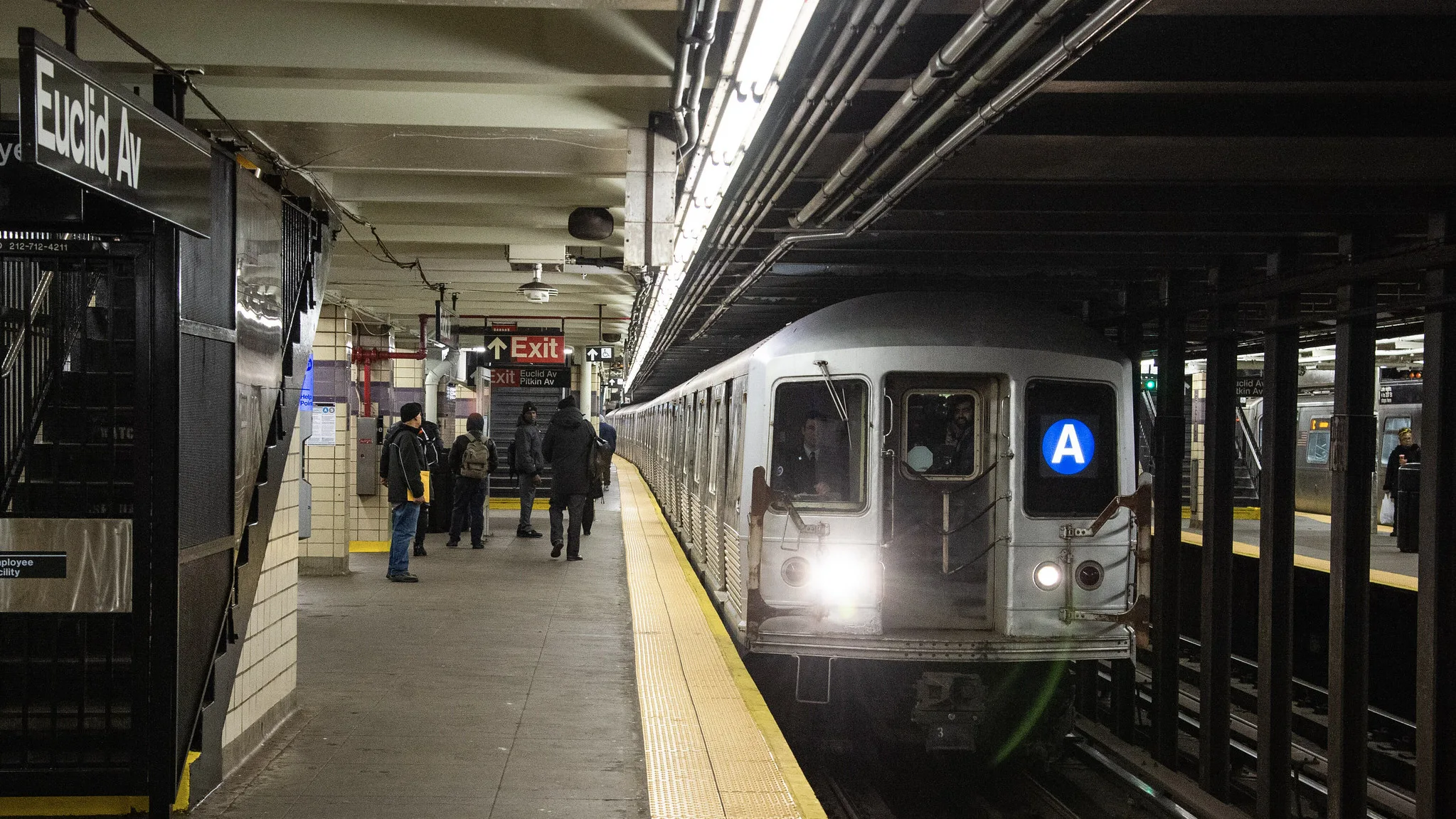Last year, a puzzling case caught the attention of Dr. Mary Lee-Wong at Maimonides Medical Center. An elderly patient with both asthma and chronic obstructive pulmonary disease had shown no signs of improvement despite being prescribed various medications, including inhalers and pills.
After a thorough series of questions delving into every detail of the patient’s daily life, Dr. Lee-Wong identified the true culprit — burning incense, a common practice in many Asian cultures for religious rituals, meditation, ancestral worship and celebrations like Lunar New Year.
Also Read: Ultimate Guide to 2025 Lunar New Year Celebrations in NYC
“Burning incense is a very special cultural event, and many people do it to show respect to their ancestors. They do it to symbolize, maybe for religious reasons,” said Dr. Lee-Wong, chief of the division of Adult Allergy and Immunology and medical director of Asian Outreach and Community Services at Maimonides.
“The problem is, the smoke generated from the incense has little particles that you can breathe in, and these particles can go into your lungs and can cause problems.”
Dr. Lee-Wong emphasized that individuals with asthma or chronic obstructive pulmonary disease (COPD) are particularly vulnerable to lung damage from incense smoke because of their already compromised lung function. She pointed out that the health risks from incense smoke are similar to those from cigarette smoke, even though the smoke produced from burning incense may smell pleasant.
Similar to cigarette smoking, the person burning the incense can expose secondhand smoke to others in the same space. According to Dr. Lee-Wong, the smoke and particles can also be absorbed into furniture, clothing, and other surfaces, leading to ongoing thirdhand exposure even after the incense is no longer burning.
Recent research published by Dr. Lee-Wong and her colleagues shows that incense smoke contains harmful chemicals like carbon, sulfur, nitrogen oxides, formaldehyde, and other carcinogenic compounds. Burning one incense stick, which can be made from a combination of spices and fragrant gums, releases 45 mg of particulate matter — over four times the amount produced by a cigarette, which emits 10 mg.
Additionally, Dr. Lee-Wong noted that people sometimes leave burning incense unattended, especially when they are sleeping or not in the room, and it may pose a significant fire risk.
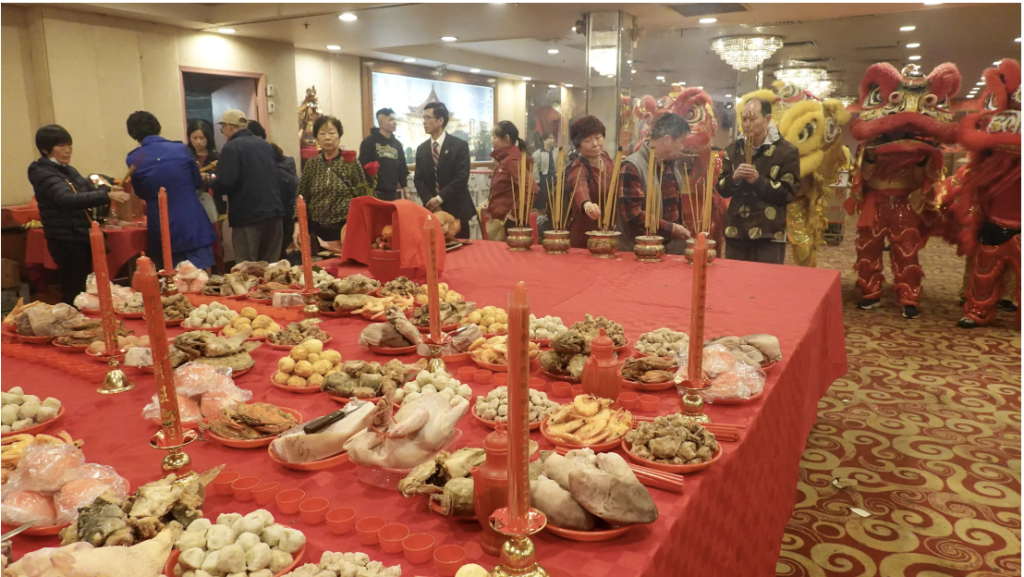
Educating patients in the Asian community about the health risks of burning incense is a challenging task. “It’s important to be culturally sensitive and recognize the significance of this ritual in their lives. Telling them to stop completely may be unrealistic,” said Dr. Lee-Wong.
She acknowledged that burning incense is a deeply ingrained cultural and religious practice for many patients. In Asian countries where Buddhism and Taoism are widely practiced, such as China, Thailand, and Japan, burning incense is a daily practice. People burn incense during rituals to symbolize communication with deities and mark the start of religious ceremonies. The accumulated ash is seen as a representation of divine presence and is believed to bring good fortune.
Healthcare providers, Dr. Lee-Wong emphasized, should approach the conversation with respect for the patient’s cultural background and life experiences, working together to find mutually acceptable compromises or alternatives that reduce health risks while still allowing the continuation of these meaningful practices.
Also Read: Free and Affordable Health Care for Chinese Immigrants in NYC
“We suggested things like replacement, maybe using electronic devices,” said Dr. Lee-Wong. She explained that electronic incense sticks or devices that replicate the experience of burning incense can eliminate the issue of smoke and fumes.
If people still prefer to use real incense, she recommended improving ventilation by opening windows or using fans to enhance air circulation. Limiting the duration or amount of incense burned can also help minimize smoke exposure.
